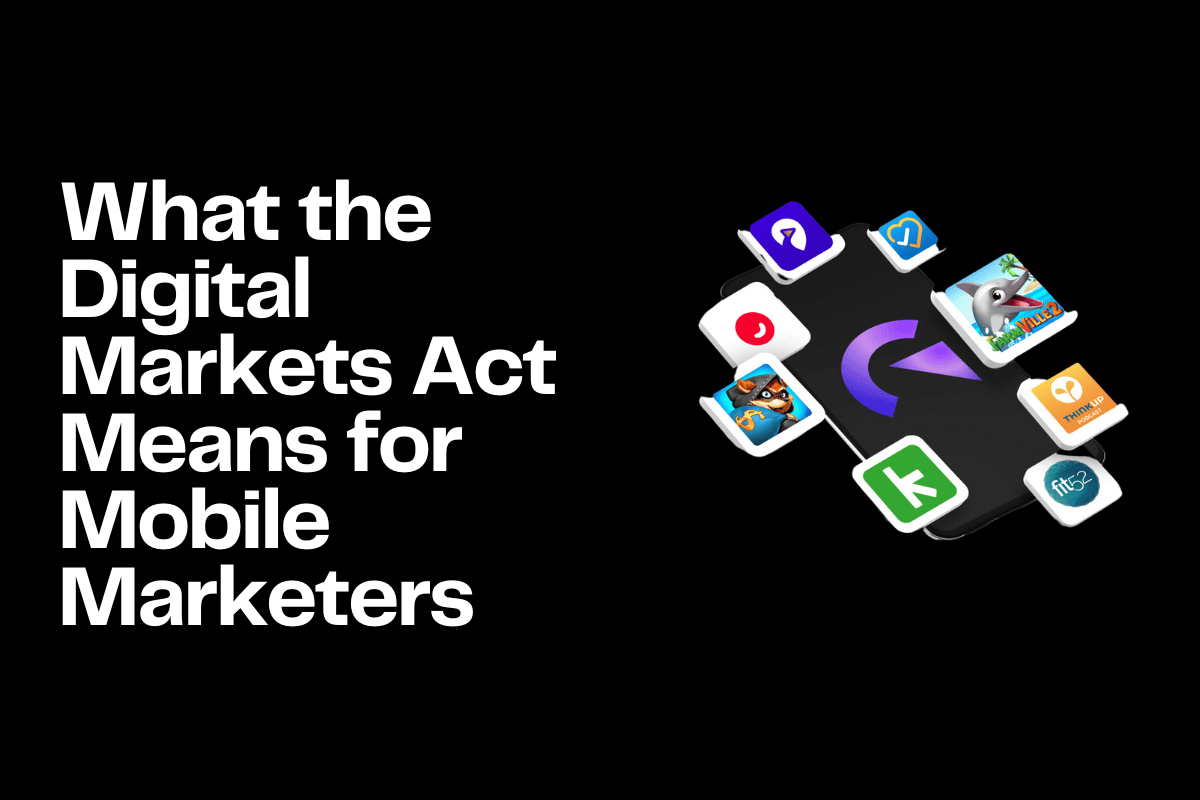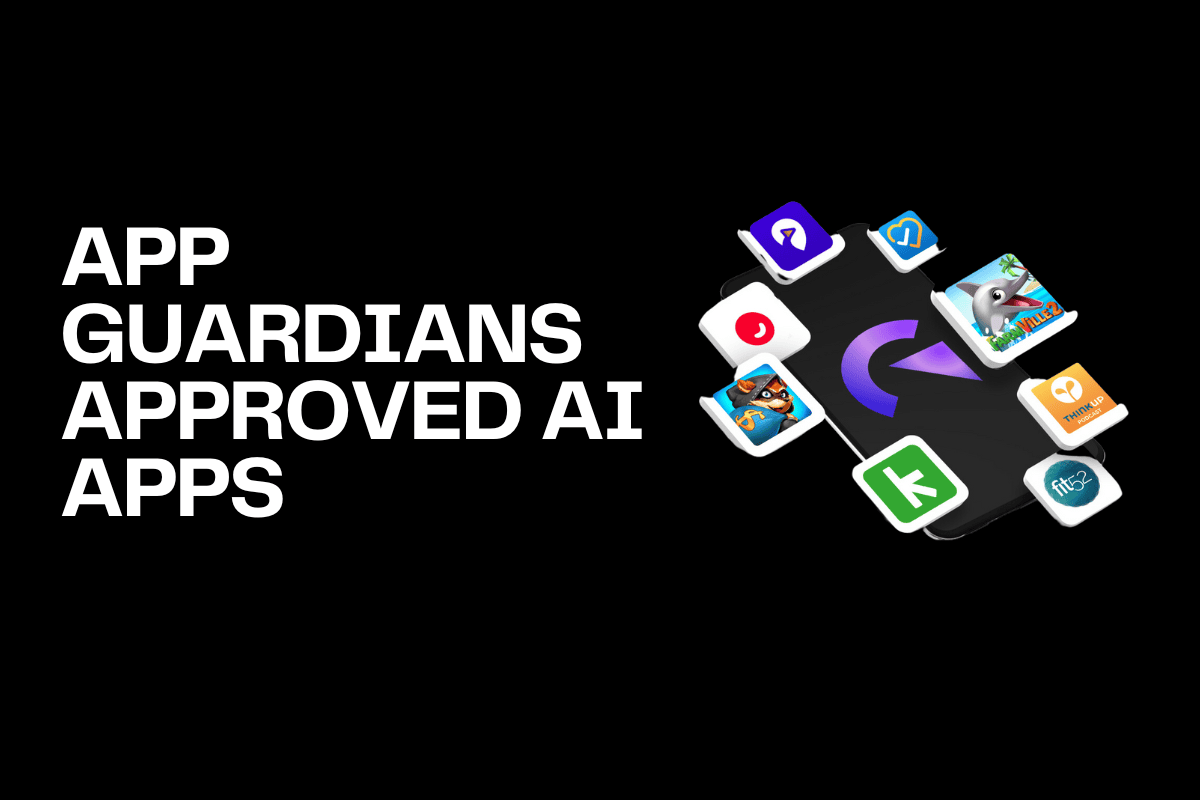How LiveWidgets Can Increase Engagement for iOS 17 Users
WidgetKit was introduced in WWDC22 as a new way to showcase app activity. Anyone who’s bought an iPhone 15 in the last few weeks, has definitely noticed this new notch at the top when multi-tasking. This is from LiveWidgets.
From scrolling reddit and still following along in the NFL Fantasy app during a live game, to the simplest bar showing a sound wave when making a call and sending an email. Live Widgets are keeping users engaged and continuing the journey from app open to app use.
Unfortunately insights are still being gathered – at time of this writing no definitive data on widget use or retention has been created. In our research for this article, this author just found one most recent from OneSignal that covers the basics – not the insights – of the LiveWidget purpose.
What’s interesting of LiveWidget, is that the engagement from the user is now more unending. From this authors’ own experimentation with her close family, LiveWidgets, when applied by the app developer, make it more seamless from the end-user perspective to maintain a level of multiple engagement journeys. It’s great to know Apple is adapting to the new form of user behavior – one that mimics our ever expanding abilities to multitask with purpose.
Smart Stacks is Apple’s way of defining that engagement from a user-based response. When information is inputted, also known as donated, the app then can learn to imply or suggest what the user wants of the widget. More than just a pop or a predetermined notification, the widget is somewhat learning on it’s own through user intent. What’s really exciting about that , is that developers can leave more of the guesswork of the journey out. Taxonomy becomes a living and breathing exercise that is between the user and the app. The more data users apply to the app, the more you can understand the unique regional behavioral characteristics of the engagement itself.
So why does this matter?
When you want your app to come out on top, increasing the use and building rapport, it’s important to identify what that main purpose is – and not be dishonest about the point. Functional apps – banking, business, productivity, social media – are normally the top of mind for any user. FAANG apps have established dominance and will always be in the top 5 of any user’s home screen.
This causes stress for newer app brands that haven’t established that lifestyle adoption just yet, and further creates a challenge when you are fighting 5% of apps for the 20% of the remaining time a user has.
Establishing a retention strategy that keeps users long-term and converts them to paying users, means keeping top of mind. This is goal #1 of any app-based brand. LiveWidgets now enable our lifecycle experts to gather that data without overwhelming security or privacy issues that have really changed our ability to make our applications better in the past few years. The LiveWidget SmartStack learns and builds a potential for user adoption to lifestyle value through consistent reminders but also uses that multi-tasking approach. The stack itself, of how users engage the apps and in what priority, leads to better suggestions by the timeline relevance of the stack.
No matter what, that niche you find with your mobile app needs to be reinforced with that lifestyle value – whether entertainment or function – to establish a core base that can define a behavior pattern to be applied from a bigger lifecycle perspective. LiveWidget integration, will get you there.
Related Articles
The Digital Markets Act and the Digital Services Act are two major pieces of legislature brought forth from [...]
The artificial intelligence trend is everywhere. It’s easy to get caught up in the mix when searching for [...]
For Wellness apps, the most challenging approach is the conversion of the user from passive to active. [...]










